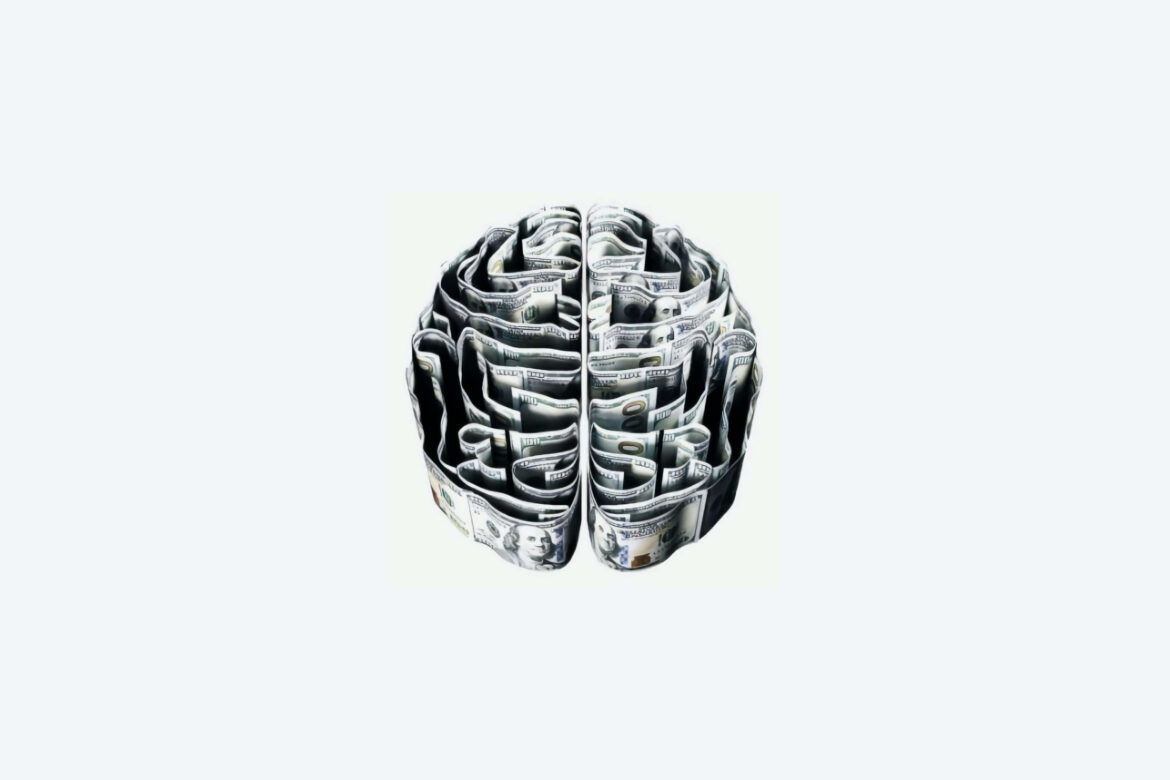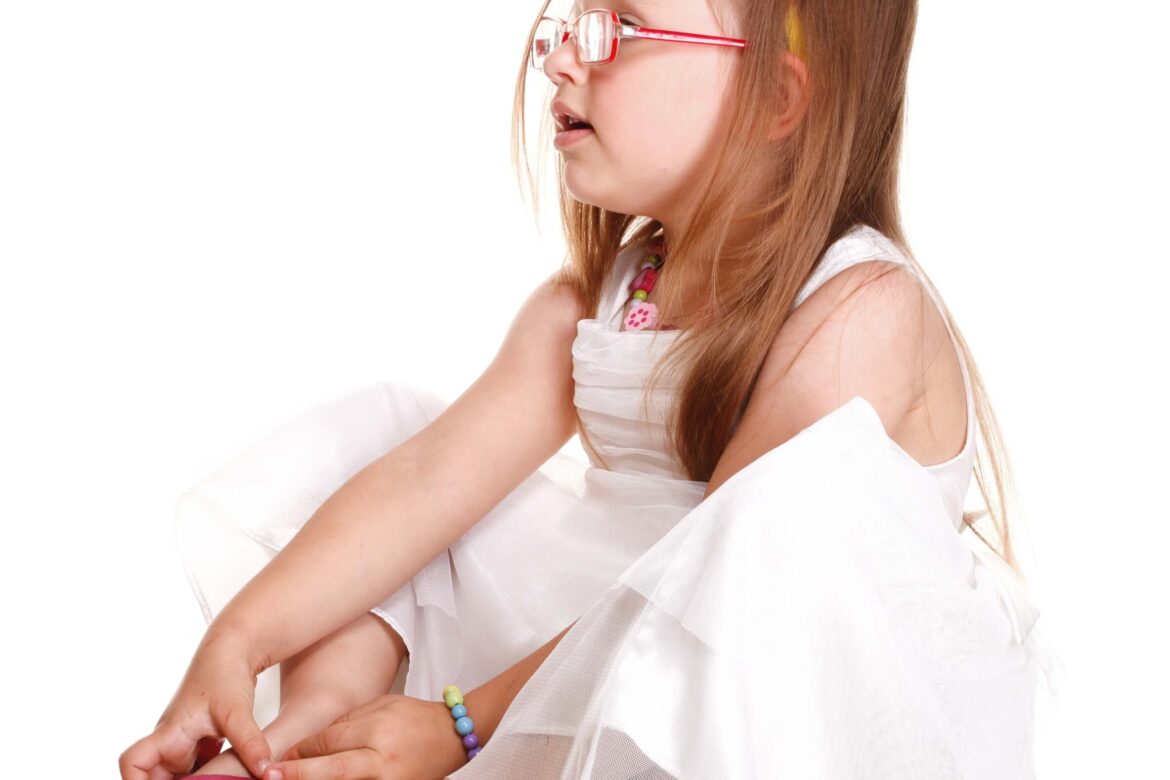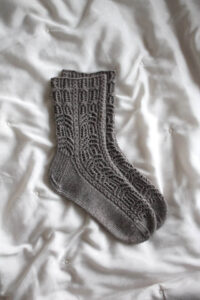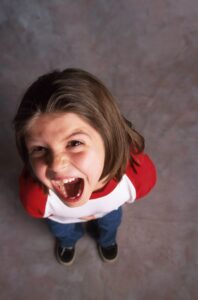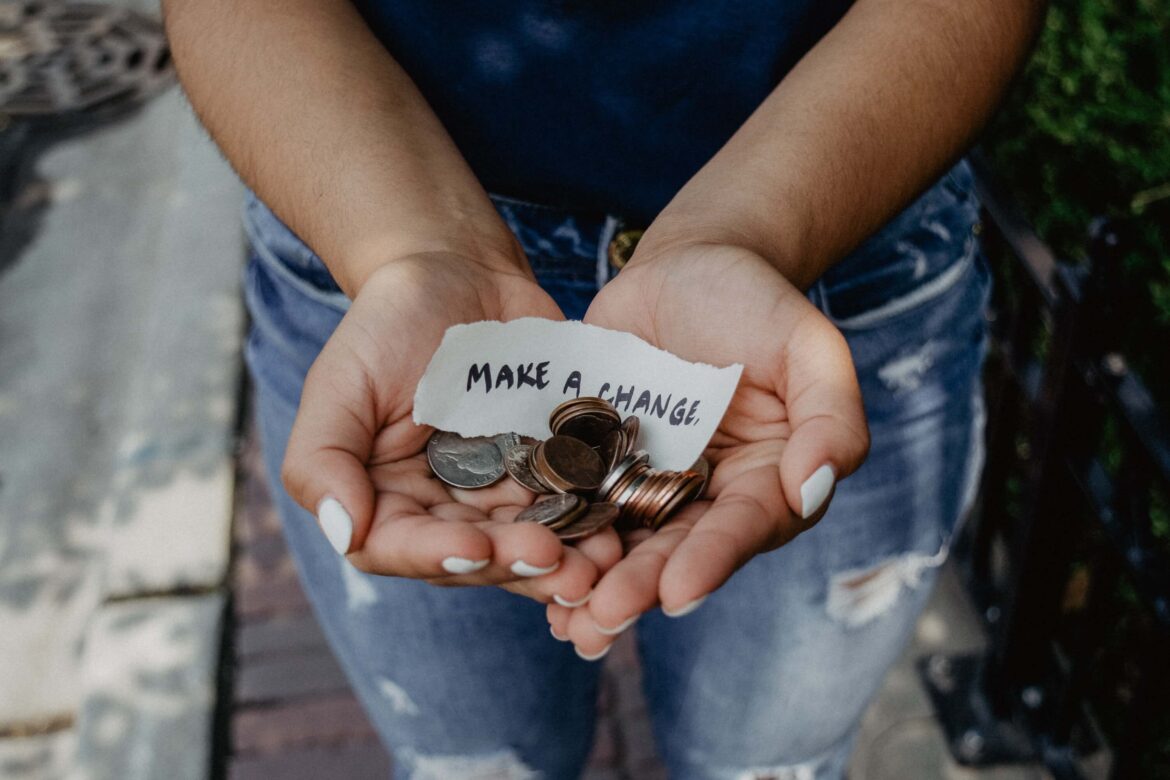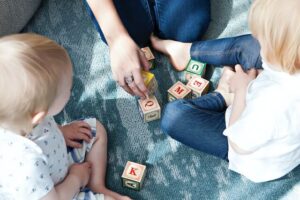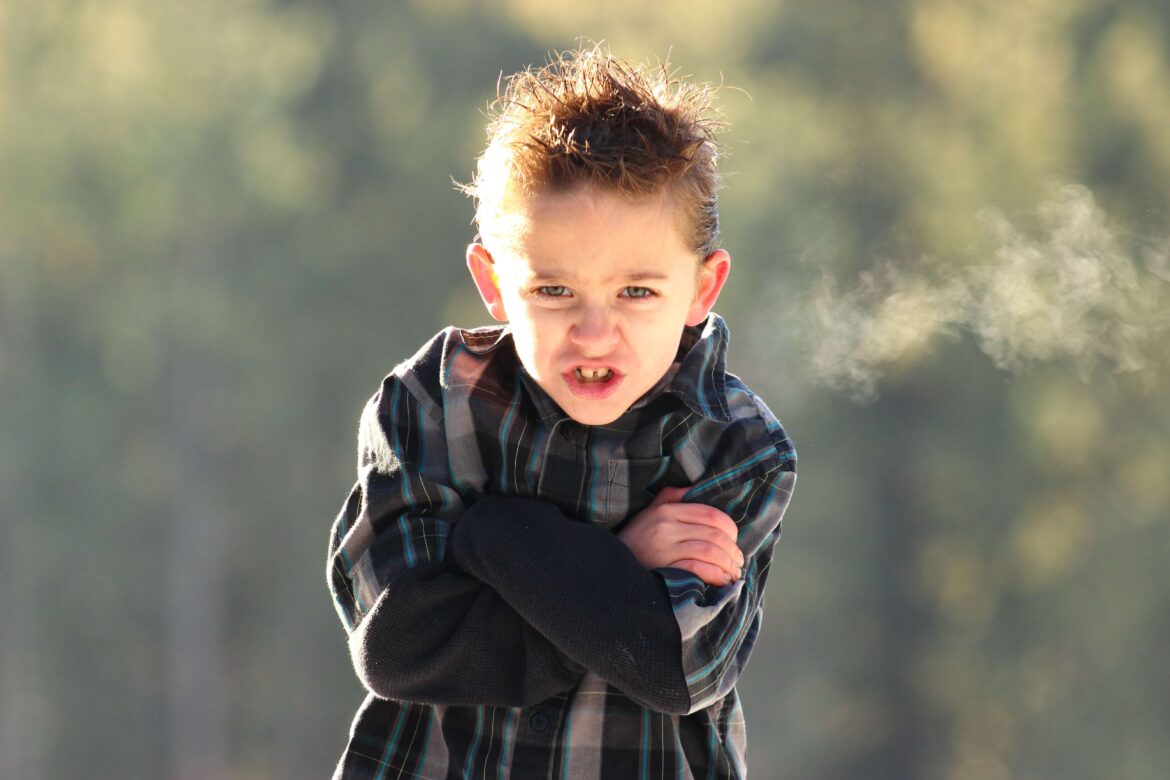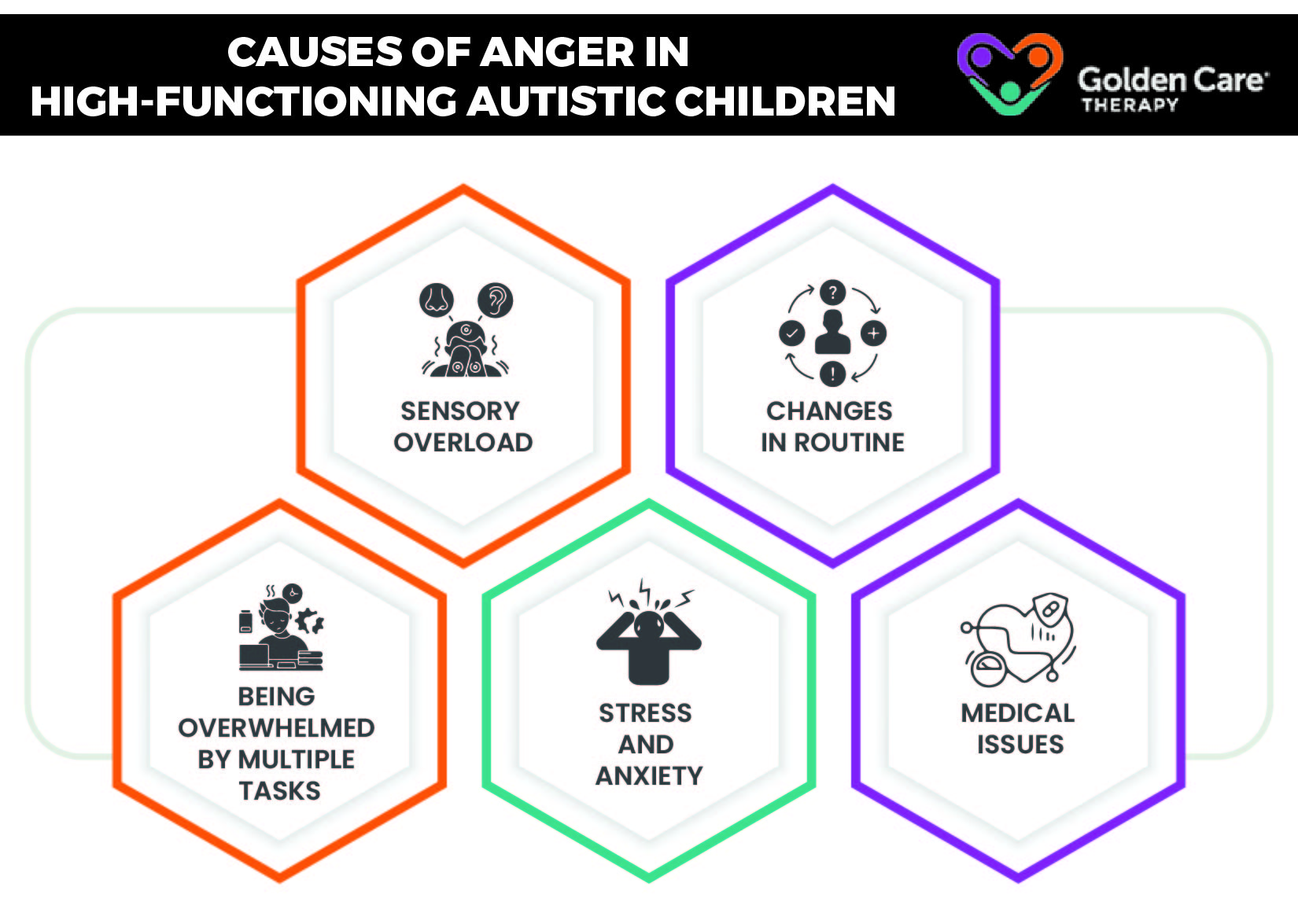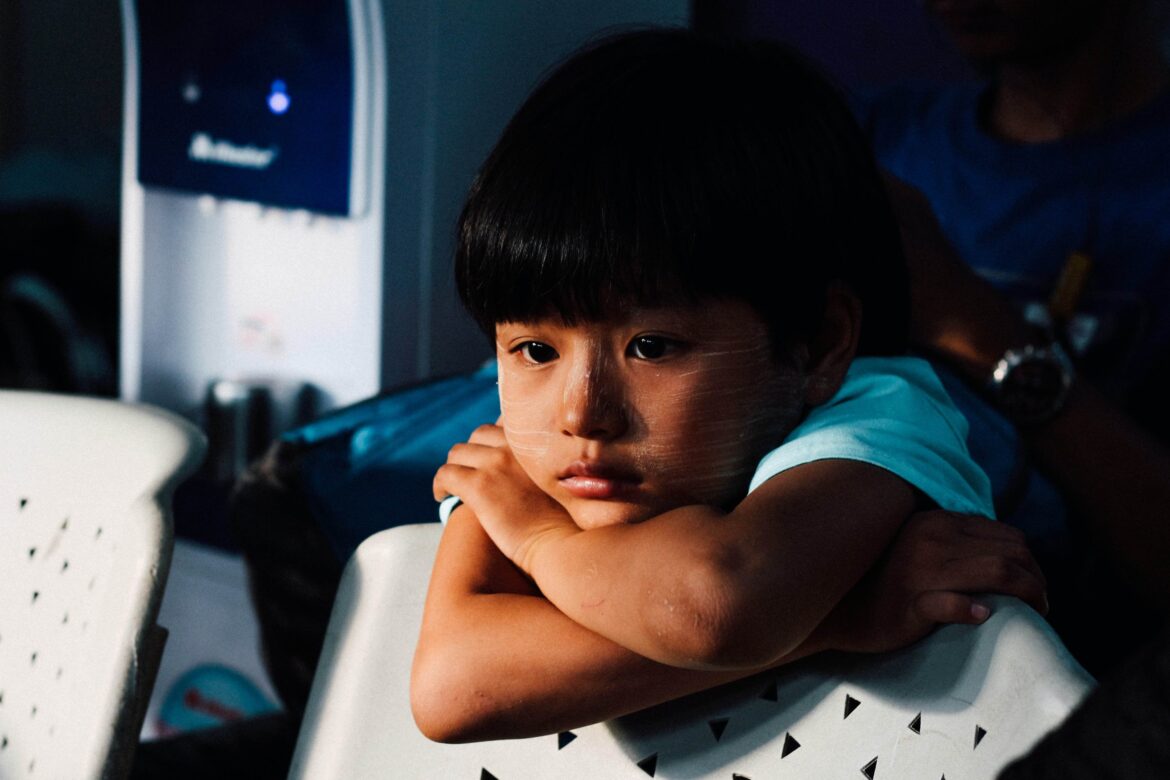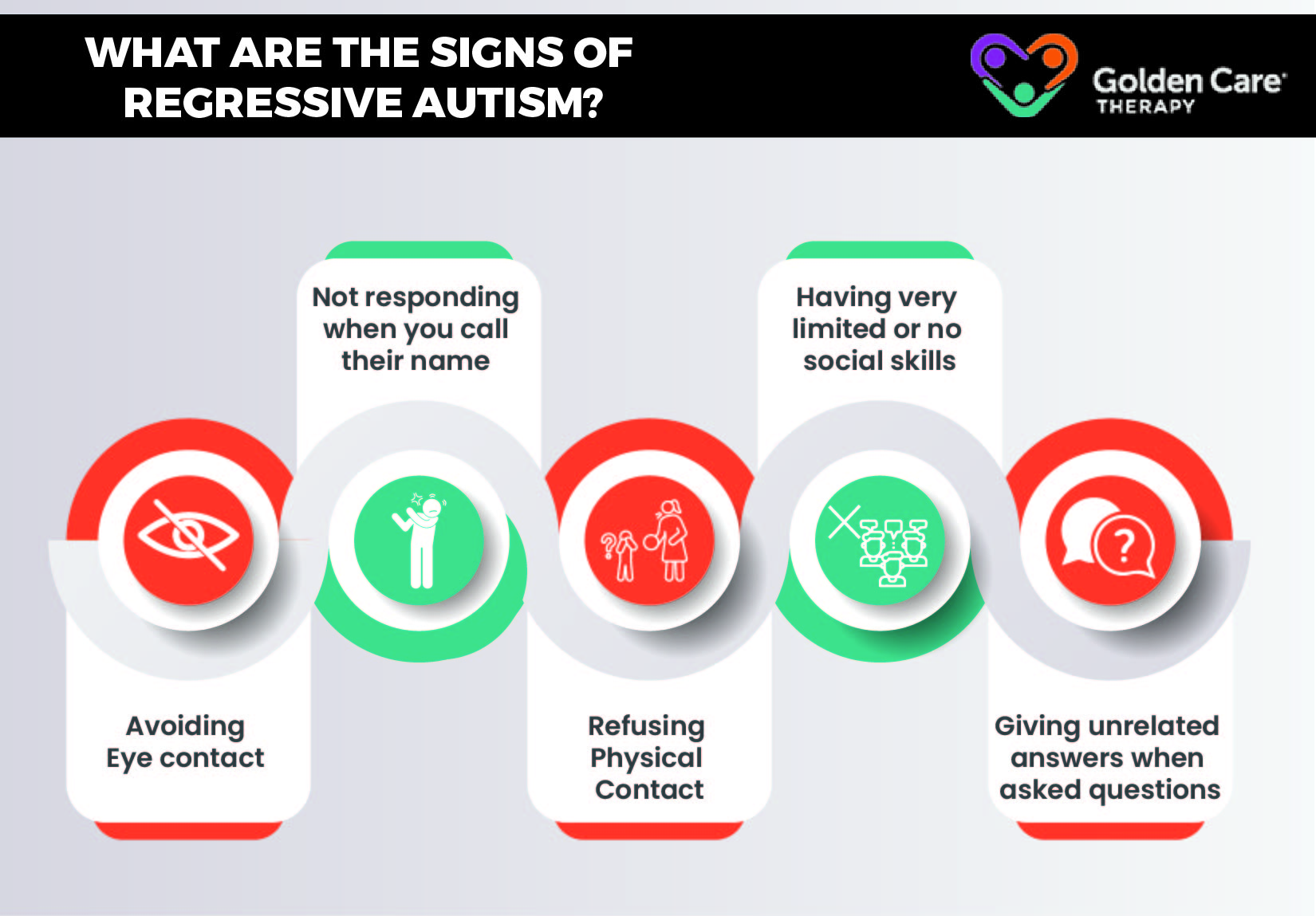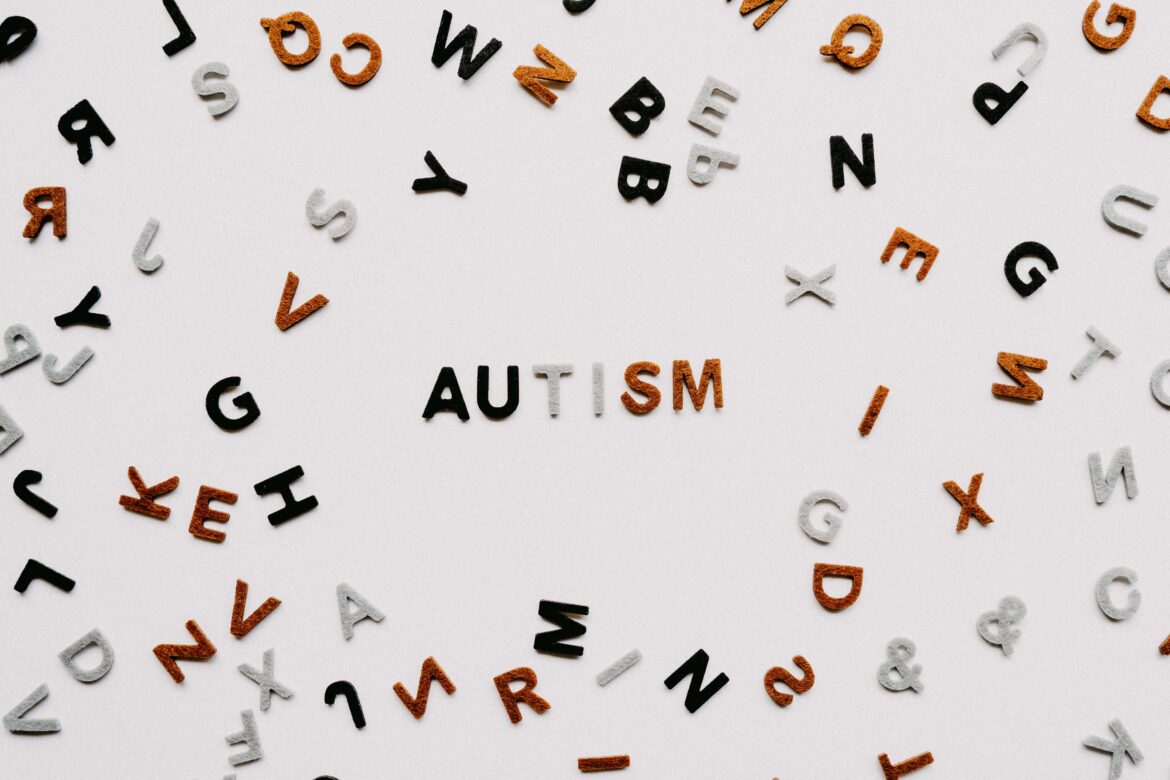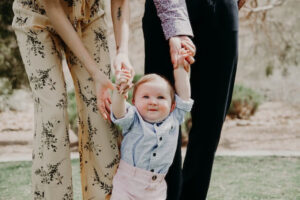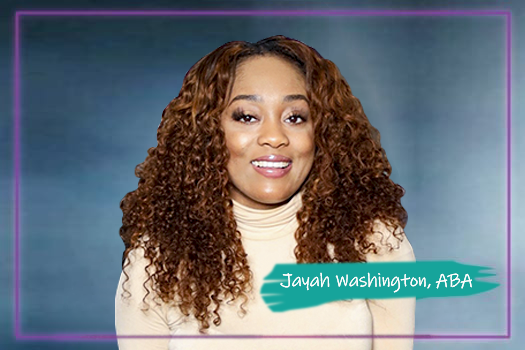Many people think that autism spectrum disorder is linked to intellectual disability. But although individuals with autism may lack communication and social skills, they don’t necessarily have learning difficulties.
In fact, many are high functioning and use their unique way of seeing the world to accomplish great things. In this article, we’re shining a spotlight on famous people with autism throughout history.
What Is an Autistic Savant?
A savant is a person with a developmental disability who is gifted in one particular area such as mathematics, music, or art. Approximately half of all savants are diagnosed with autism. These individuals are known as autistic savants.
Below, we list some of the most famous historical figures and celebrities with autism. Some of them have an official diagnosis, others have lived before the condition was known, while some are self-diagnosed as autistic.
30 Famous Geniuses With Autism
-
Wolfgang Amadeus Mozart
Mozart was known for his repetitive movements, sensitivity to noise, and poor social skills, leading some experts to conclude that he was on the autism spectrum.
-
Michelangelo
Many experts have speculated that Michelangelo, one of the greatest influencers of Western art, was autistic because of his narrow interests, eccentric behaviors, and adherence to routine.
-
Charles Darwin
Charles Darwin, the father of evolutionary biology, may also have been on the spectrum. He avoided social interactions and preferred to communicate by writing.
-
Emily Dickinson
Some experts believe that Emily Dickinson, a famous classical poet, would today qualify as being on the autism spectrum. She led a reclusive life and strictly followed fixed habits, such as only wearing white.
-
Albert Einstein
While he was not formally diagnosed, leading psychiatrists believe that Einstein was autistic due to his tendency to repeat phrases, difficulties with social interactions, and extreme focus on his work.
-
Nikola Tesla
Nikola Tesla, the inventor of the alternating-current electrical system, showed many signs of autism, such as several phobias, sensitivity to light and sound, obsession with number three, and social ineptitude.
-
William Butler Yeats
William Butler Yeats, a modernist Irish writer who won the Nobel Prize for literature in 1923, claimed that he had little talent for interpersonal relations and displayed obsessions common among people on the autism spectrum.
-
Thomas Jefferson
Several autism researchers believe that the president of the United States and the author of the Declaration of Independence, Thomas Jefferson, was autistic. His main ASD symptoms included adherence to routines, sound sensitivity, and fear of public speaking.
-
Hans Christian Andersen
Danish author best known for writing children’s stories, Hans Christian Andersen had narrow interests, followed strict routines, and had speech and social difficulties. If he had lived today, he may have been diagnosed with autism.
-
Lewis Carroll
The famous author of Alice in Wonderland, Lewis Carroll, may have exhibited some characteristics typical for people with autism, such as poor social skills and speech difficulties.
-
Isaac Newton
Isaac Newton is another historical figure who was retrospectively diagnosed with autism. He was known for adhering to rigid routines and avoiding social interactions.
-
Ludwig Wittgenstein
Ludwig Wittgenstein, one of the greatest philosophers of the 20th century may also have been on the autism spectrum. Researchers believe that his social and communication impairments and single-minded focus indicated a potential link to autism.
-
Marie Curie
Marie Curie, famous for her research on radioactivity, may have suffered from Asperger’s syndrome, which falls under the autism umbrella. Curie was extremely systematic, reserved by nature, and struggled to engage in conversations.
-
Andy Warhol
Autism experts have pointed to the repetitive nature of Andy Warhol’s work as a possible sign of autism. Warhol was also known for providing monosyllabic responses to interview questions and other behavioral quirks.
-
Dan Aykroyd
Famous actor and filmmaker, Dan Aykroyd has been open about his autism diagnosis. He believes that his obsession with ghosts and law enforcement enabled him to develop his famous Ghostbusters character.
-
Woody Allen
Although he has never been officially diagnosed, Woody Allen believes that he is likely on the autism spectrum due to his unorthodox ways of thinking.
-
Elon Musk
Elon Musk revealed his autism diagnosis while he was hosting the Saturday Night Live show in May 2021. One of his autistic traits is a lack of tonality and intonation in his speech.
-
Daryl Hannah
Actress and environmental activist, Daryl Hannah has been coping with autism since she was a child. While she found acting to be an escape from her condition, she avoided movie premiere events and interviews due to her social anxiety.
-
Temple Grandin
Temple Grandin was diagnosed with autism at the age of four. In spite of significant challenges, she became Professor at Colorado State University, a leading force in the animal sciences, and a prolific author. Her book Emergence: Labeled Autistic is considered the first real insight into the thoughts of a person with autism.
-
Jerry Seinfeld
Comedian Jerry Seinfeld has stated on several occasions that he might have a mild form of autism due to his social challenges and literal thinking.
-
Anthony Hopkins
Anthony Hopkins was diagnosed with Asperger’s syndrome, a form of autism, as a child. Some of his autistic traits include obsessive thinking and difficulty maintaining social relationships.
-
Greta Thunberg
Greta Thunberg, Swedish environmental activist and the public face of the school climate strike movement, talked publicly about her Asperger’s syndrome which she considers to be her superpower.
-
Satoshi Tajiri
Famous video game designer and the mastermind behind Pokémon, Satoshi Tajiri, is also on the autism spectrum. His condition is characterized by his fixations with bugs and gaming.
-
Bobby Fischer
According to experts, chess grandmaster Bobby Fischer was autistic. He was obsessed with chess, didn’t like unstructured experiences, and had problems interacting with others.
-
Stanley Kubrick
Stanley Kubrick, one of the most famous directors of all time, is thought by some to have been on the autism spectrum because of his inflexibility, literal thinking, narrow interests, and poor social skills.
-
Tim Burton
Director Tim Burton hasn’t been formally diagnosed with autism but identifies with the condition. After watching a documentary about autism he thought that he felt the same way as a child, spending time alone drawing, painting, and watching movies.
-
Robbie Williams
Singer Robbie Williams believes that he has Asperger’s syndrome due to his compulsive thinking. He has spoken publicly about battling depression and anxiety that may be part of the condition.
-
Susan Boyles
Scottish singer and celebrity was diagnosed with Asperger Syndrome as a child but has only recently started accepting her condition and considering it an asset rather than a disability.
-
Bill Gates
Although his diagnosis hasn’t been confirmed, autism experts agree that Bill Gates may be on the autism spectrum. He has a monotone speech pattern and avoids eye contact, two common characteristics of individuals with autism.
-
Steve Jobs
There’s speculation that the late CEO of Apple Steve Jobs had autism. He was known for perfectionism, single-minded focus, and thinking outside of the box.
How ABA Therapy Can Help Autistic Geniuses
Research shows that more than half of all autistic individuals have an above-average IQ, while roughly 16% have an IQ higher than 130. But having high intelligence doesn’t mean that autistic individuals don’t experience some challenges associated with the diagnosis. For example, they may have communication difficulties, problems with social interactions, as well as sensory issues.
Applied Behavioral Analysis (ABA) therapy is an effective treatment that can help your child with autism learn skills that they may lack despite having a high IQ, for example:
- Verbal and nonverbal communication skills
- Initiating conversations
- Attention and focus
- Following instructions
- Reducing problematic behaviors such as aggressivity and meltdowns.
ABA therapy can help your child maximize their potential regardless of their functioning level. With early intervention, close to 50% of autistic children who go through ABA therapy will reach a development stage where they are indistinguishable from their neurotypical peers.
If you are ready to work with the best ABA therapy provider in New York, New Jersey or Indiana, give us a call at (732) 402-0297. Our dedicated team is ready to help and we will treat you like family.

